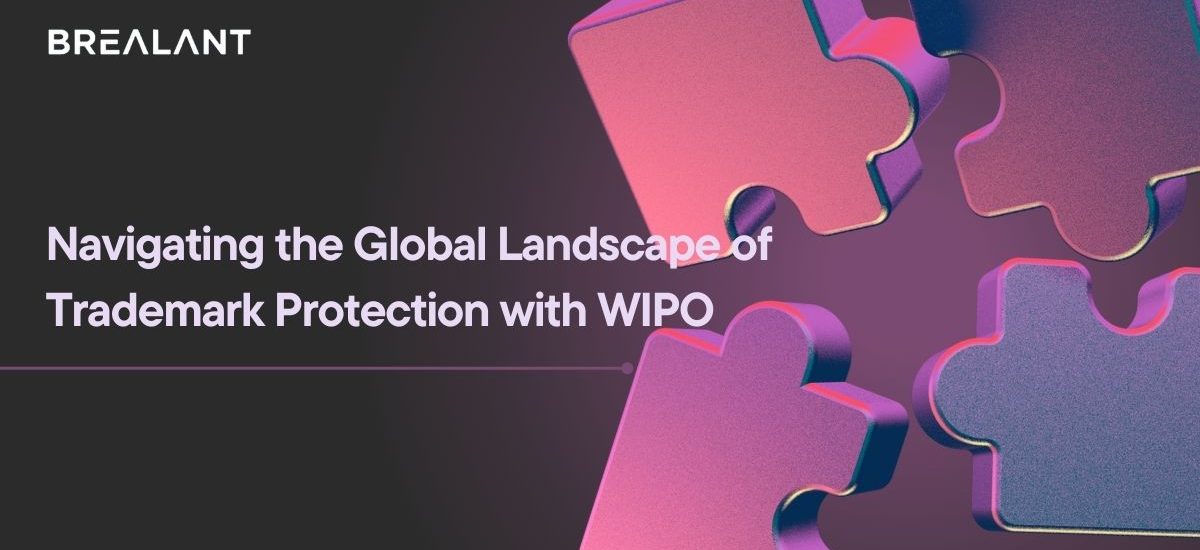In today’s globalized world, trademarks are more than just logos or slogans; they are a critical component of a company’s identity and a powerful tool for brand recognition. To protect these assets and promote fair competition, the World Intellectual Property Organization (WIPO) plays a pivotal role. In this blog, we will explore the significance of trademark protection within the framework of WIPO.
The Essence of Trademarks
A trademark is a distinctive sign or symbol that identifies products or services offered by a particular business. It serves as a powerful means of brand recognition and trust-building in the minds of consumers. Trademarks can take many forms, including logos, names, and even colors. When effectively protected, they not only benefit businesses but also consumers by ensuring product quality and consistency.
The Role of WIPO
WIPO, a specialized agency of the United Nations, is responsible for promoting and protecting intellectual property rights worldwide. Trademarks fall under the umbrella of intellectual property, and WIPO is deeply committed to enhancing the protection and enforcement of trademark rights globally.
WIPO has developed international treaties and agreements to standardize and strengthen trademark protection. The Paris Convention for the Protection of Industrial Property, adopted in 1883, was one of the first global agreements to address trademark protection. Additionally, the Madrid Agreement and the Madrid Protocol provide a framework for international trademark registration, simplifying the process for businesses looking to expand their presence across borders.
International Trademark Registration
One of WIPO’s most significant contributions to trademark protection is the Madrid System. This system allows businesses to register their trademarks in multiple countries with a single application. The advantage of this system is that it streamlines the process, reduces costs, and simplifies the management of trademark portfolios for businesses operating globally.
Through the Madrid System, a business can file a single application with WIPO, designating multiple member countries where they seek trademark protection. This significantly eases the administrative burden and costs associated with filing separate applications in each country. By centralizing the registration process, businesses can efficiently manage their international trademark portfolios.
Protecting Traditional Knowledge and Geographic Indications
WIPO’s commitment to trademark protection extends beyond standard trademarks. It also addresses unique challenges, such as the protection of traditional knowledge and geographical indications.
Traditional knowledge, often held by indigenous communities, can be particularly vulnerable to misuse or misappropriation. WIPO works to safeguard this knowledge by supporting the development of legal frameworks and policies that protect the intellectual property rights of these communities.
Geographical indications, on the other hand, protect products that have a specific geographical origin and possess qualities, reputation, or characteristics attributable to that location. WIPO plays a crucial role in developing international standards for the protection of geographical indications, helping countries and regions protect their unique products from imitations.
Enforcing Trademark Rights
Trademark protection goes beyond registration; enforcement is equally critical. WIPO assists member states in implementing effective enforcement mechanisms to combat trademark infringement. This includes promoting awareness of the importance of trademarks, providing training to law enforcement officials, and supporting the development of effective legal frameworks.
WIPO also operates the WIPO Arbitration and Mediation Center, which provides a platform for resolving intellectual property disputes, including those related to trademarks. This service helps parties resolve conflicts in a cost-effective and timely manner without resorting to lengthy and expensive litigation.
The Digital Era and Domain Names
In the age of the internet, domain names have become virtual storefronts for businesses. Protecting trademarks in the digital realm is a priority for WIPO. The Uniform Domain Name Dispute Resolution Policy (UDRP) is a WIPO-administered process that allows trademark owners to address cases of abusive domain name registration. This policy provides a streamlined and cost-effective way to resolve domain name disputes, protecting the rights of trademark owners in the digital space.
Future Challenges
As the world continues to evolve, so do the challenges in trademark protection. The growth of e-commerce, emerging technologies, and the ever-increasing importance of branding require continuous adaptation and innovation in trademark protection strategies.
WIPO is committed to staying at the forefront of these changes, working to address new challenges while upholding the principles of fairness, transparency, and respect for intellectual property rights.
Conclusion
Trademark protection is vital for businesses looking to establish and maintain their brand identities in a globalized world. WIPO’s role in creating international frameworks, supporting traditional knowledge protection, and enforcing trademark rights is indispensable in this regard. As technology and commerce continue to evolve, WIPO remains committed to advancing the cause of trademark protection and intellectual property rights, ensuring a fair and equitable playing field for all businesses and creators around the world.





